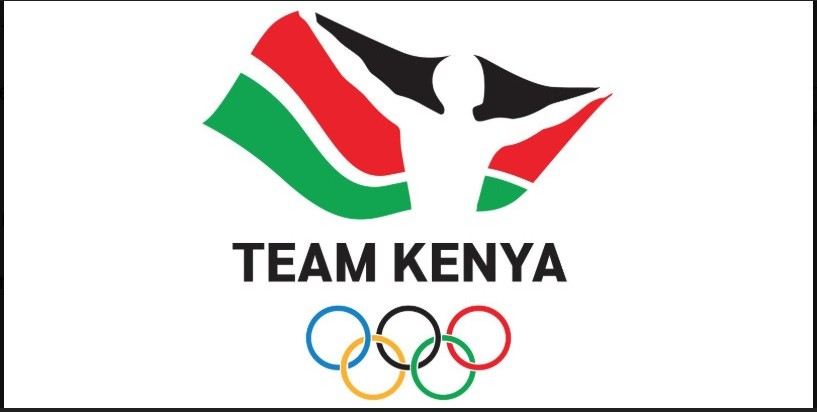City Hall targets unapproved developments in drive to collect Sh5 billion

The law is expected to pave the way for a comprehensive mapping and documentation of all properties within the city to ensure developers and landowners pay their rightful dues.
Nairobi County has unveiled a plan to increase its revenue by Sh5 billion by targeting unapproved developments sitting on public land and properties left out of the valuation roll.
This comes after the County Assembly passed the Nairobi City County Regularisation of Unauthorised Development Bill, 2025, which now awaits assent by Governor Johnson Sakaja.
More To Read
- Governor Sakaja unveils six-borough structure to enhance service delivery
- City Hall moves to recognise urban farmers in policy review
- How Riruta’s upgrade to Level IV hospital is transforming healthcare across Dagoreti
- Why City Hall moved hospital accounts to Sidian Bank- Sakaja
- City residents say Nairobi's illegal billboard cleanup favours some areas over others
- Sakaja’s loan request for salaries draws ire from Nairobi MCAs for lack of details
The law is expected to pave the way for a comprehensive mapping and documentation of all properties within the city to ensure developers and landowners pay their rightful dues.
It also provides a legal framework to bring on board previously unauthorised developments, as long as they meet urban planning requirements.
Urban Planning Chief Officer Patrick Analo said the county will begin enforcement in Eastlands and other densely populated zones such as Embakasi, Mwiki, Utawala, Roysambu, Pipeline, and Kasarani.
He noted that many of the affected parcels either belonged to land-buying companies or were illegally occupied government land, which has been at the centre of legal disputes.
“All those areas constitute almost two million city residents who live there, so with this bill, we can bring the owners and developers on board so that they can get approval for the land they subdivided,” Analo said.
According to the county, a large number of landowners in these areas have acquired title deeds, and the next step will be for them to submit building plans so that their properties can be listed in the valuation roll.
“We now want them to submit their building proposals so that we can include them in the valuation roll,” the Chief Officer added.
However, Analo made it clear that the regularisation will not apply to any development built on public utilities, roads, railway corridors, or areas earmarked for communication infrastructure.
The county will also exclude structures on forest land, riverbanks, or riparian zones as defined in environmental law.
Such land will be reclaimed and returned to its intended public use. A special census will be conducted by the planning department to capture the size and status of all buildings in the targeted zones.
Once signed into law, the Bill will lead to the formation of an Advisory Committee and a Regularisation Technical Committee, which will oversee the entire process. Property owners will be formally notified and required to apply for regularisation under the new law.
Top Stories Today














































